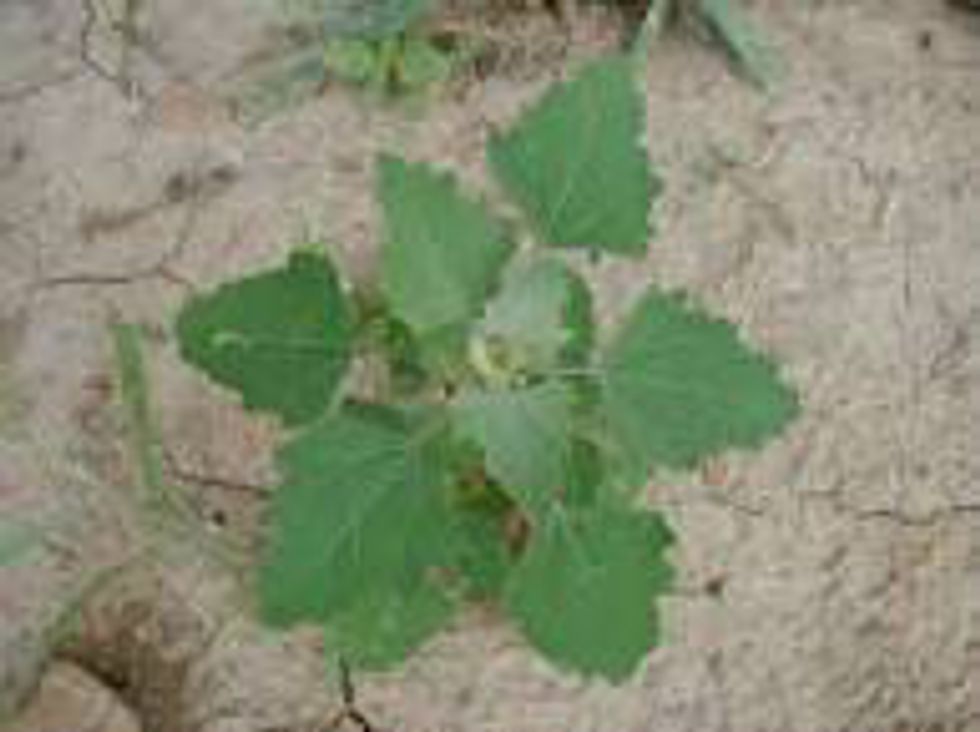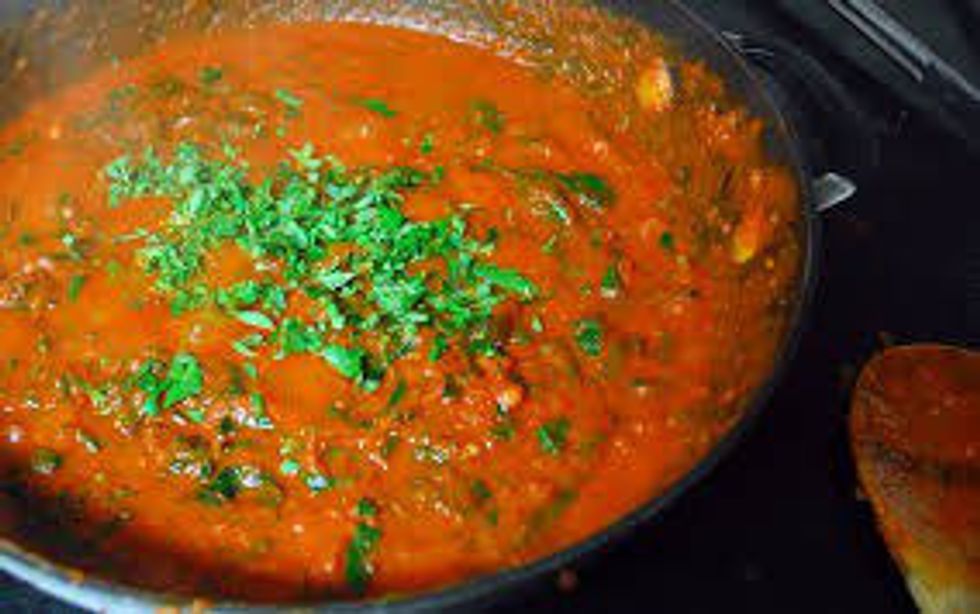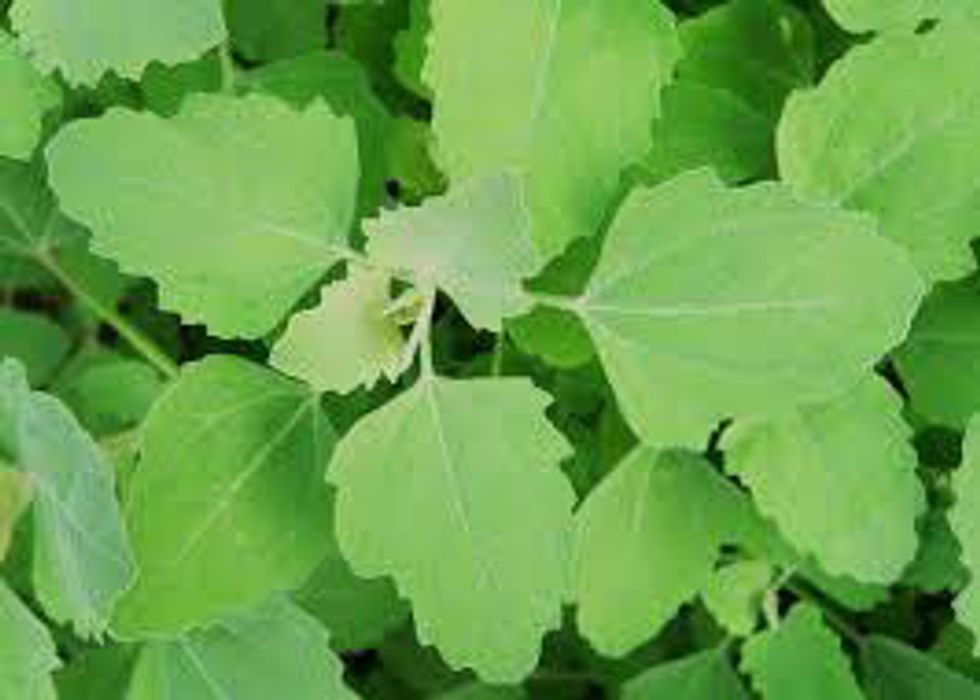For a few days now, I’ve debated on whether or not to write this article. But after much hesitation I gave in. For a few years now, I had been complaining about this relentless weed that seems to pop up just about everywhere in the yard the mower doesn’t go. Rather than to study it or even figure out its name, I just claimed it as a weed and went crazy plucking every one I could find. Well this "weed" I was pulling from everywhere is called lambsquarter. In the beginning of knowing of its existence, for me, I admit I was curious as to what it could do for me. As the owner of many different types of herbs, I do like to employ the beneficial aspects of plants. So after nearly three years, I started to research this interesting, ubiquitous plant.

While we are now aware of the benefits the plant supplies on the nutritious side, the plant also offers benefits within the kitchen. If you’ve never seen lambsquarter before, it appears to have dust on the leaves. This "dust" is a coating of mineral salt from the soil. That’s right, the plant can even be used as a nutritious salt replacement. It may even be dried and added to other herbs and seasonings. Mother Earth News even suggested preparing the plant’s leaves as though they were spinach. This is just one of the few choices that are available when it comes to preparation, but it is typically better to eat the leaves when they are younger. I guess this wasn’t really a bad plant like I thought it to be. I’m not sure I would even like to call the plant a weed anymore. I have even begun to incorporate it into my seasonings and would give its taste a thumbs up (even though I did wipe some of the salt from the leaves).
But we don’t stop there, the plant also acts as a medicinal plant. It can be chewed into a kind of paste then rubbed over insect bites, scrapes, and sunburns. And these are just a few of the things it helps. The plant can also be used to make tea and help diarrhea, stomach aches, inflammation, and loss of appetite. I would have thought that these were extent of the plant's benefits, but I was wrong about the plant again. This powerful plant is also known to help restore nutrients to soil. It is recommended to opt for plants that are not in a large patch, as they are known to grow in masses if soil is contaminated in order to restore nutrients to the soil.
Quite an amazing plant isn’t it? I thought so too. A person wouldn’t really know it just simply looking at the plant, of course. But it does warrant further research into other plants before classifying them as just weeds, or at least this is what I plan on doing. Last year, I had discovered black berry bushes, and ultimately another source of food.
Plants are not all just weeds; I find that we don’t really know their names or other things about them because we listened to someone call them "just weeds" before. So we take away their chance and kill them off before realizing they could do wonders for our health. Possibly even better than medicine bought at the store and with no side effects! Plants are complicated and powerful species, but getting to know them does give us an advantage.























